
Card-en-Ciel (NS) - Review
by Evan Norris , posted on 10 November 2024 / 2,456 ViewsInti Creates has made a living creating 2D side-scrolling action-platformers. So when it officially revealed Card-en-Ciel, a dungeon-diving, roguish card-collector that draws its inspiration from games like Slay the Spire and Mega Man Battle Network, it turned some heads. Indeed, this latest production represents a fairly significant departure for the independent developer, even as it embraces a familiar philosophy when it comes to art direction, music, and character design. The question remains: is this the start of something special for Inti Creates or still a work in progress?
The story in Card-en-Ciel takes place in the not-too-distant future, where citizens increasingly turn to "full-dive" games, fully immersive virtual reality experiences. As these games became more popular and ubiquitous, criminal activity within the virtual space exploded. This activity, referred to collectively as "full-dive crimes", became such a problem that ordinary citizens took it upon themselves to fight back. One such crusader is Neon Nanashiki, the self-described Gaming Chair Detective. When Neon receives a suspicious email with the subject line "Please save the world", he logs into the virtual space, which turns out to be the back-end of the full-dive game Rust Tactics. There he meets a strange girl named Ancie, who explains that data from some game worlds is leaking into others, creating monsters and dungeons. Soon, Neon and Ancie team up to resolve the errors and anomalies.

Despite a very promising premise, Card-en-Ciel doesn't do enough with its story. Ultimately, it's difficult to get invested in the stakes or the characters. Neon is your boilerplate archetypal hero, Ancie is frustratingly submissive, and the mystery villain generic and forgettable. There's also a some fan service here, which feels out of place. To be fair, there are some amusing conversations inside dungeons where Neon and Ancie talk about the type of game they're exploring, leading to several self-deprecating meta jokes at Inti Creates' expense, but for the most part there isn't a lot to latch on to. It hurts also that the studio dropped the ball in terms of visual storytelling. You select dungeons from a menu list, instead of traveling to them physically, and each dungeon — despite representing a wildly different game and genre — has roughly the same layout and look.
It's strange that dungeons are so alike, because every one of the 300 collectible cards is entirely unique, with its own statistics, portrait art, and voice sample. As a result, collecting and experimenting with different cards is quite fun. Clearly, a lot of time, energy, and attention-to-detail went into the audiovisual design of each and every card.
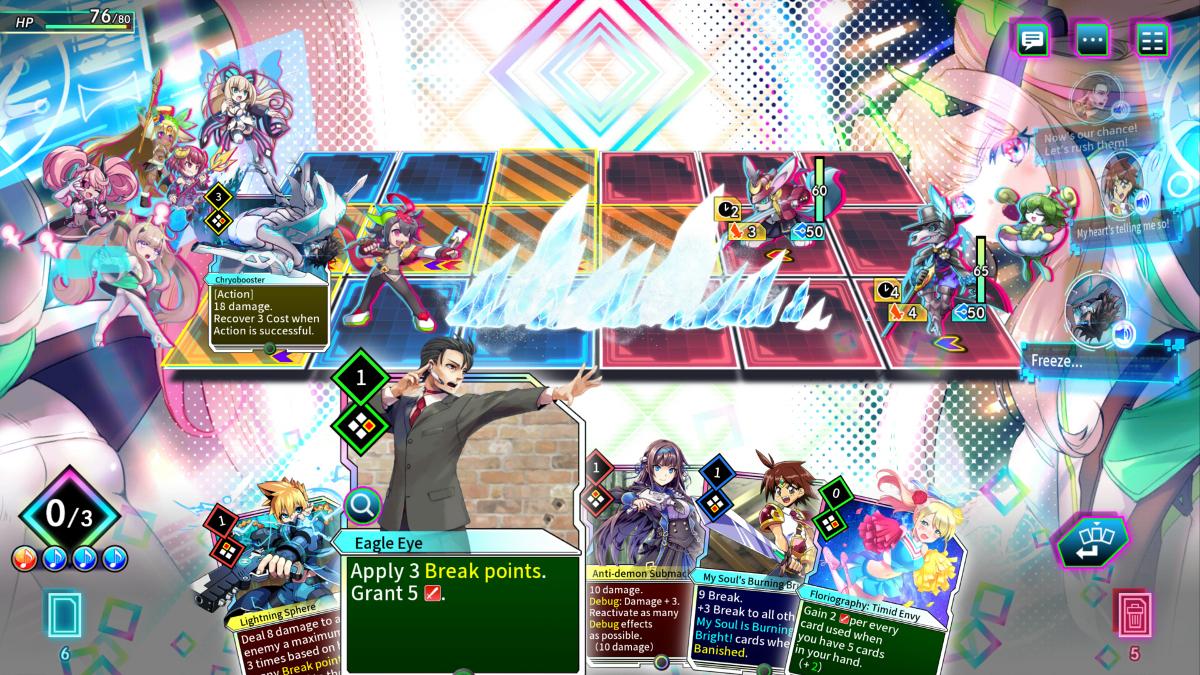
The same can be said for the card-battling mechanics. Inti Creates obviously took the time to sort out the various rules and synergies of each card type, allowing for many different approaches and strategies. At the simplest level, each card can be used to produce an effect or for movement along each battle map's 6x3 grid. The effects fall into three general categories of break, damage, and support. Using a card with a break effect will reduce a monster's attack power and chip away at its balance. If you reduce the enemy's balance to zero, it will enter breakdown, rendering it unable to act for one turn and opening it up to double the output from damage cards. In addition, triggering a breakdown will recover your cost by one. You only have three cost (action points) at the start of each turn, and each card has an individual cost between zero and three.
Things get even more interesting with the introduction of muse cards and special skills. Once you recruit a muse card, you can activate it by fulfilling certain conditions, for example by forging three zero-cost cards. The muse will then begin their performance, bestowing unique effects during battle. Not only that, but the performance will award Neon Special Skill energy, which allows him to convert any card to a significantly more powerful variant for a turn. Consequently, in each dungeon it's important to unlock muses and then recruit cards likely to trigger the muse and/or reap the rewards of a performance. When you do this right, and lay waste efficiently to the monsters and bosses in a dungeon, it feels amazing.
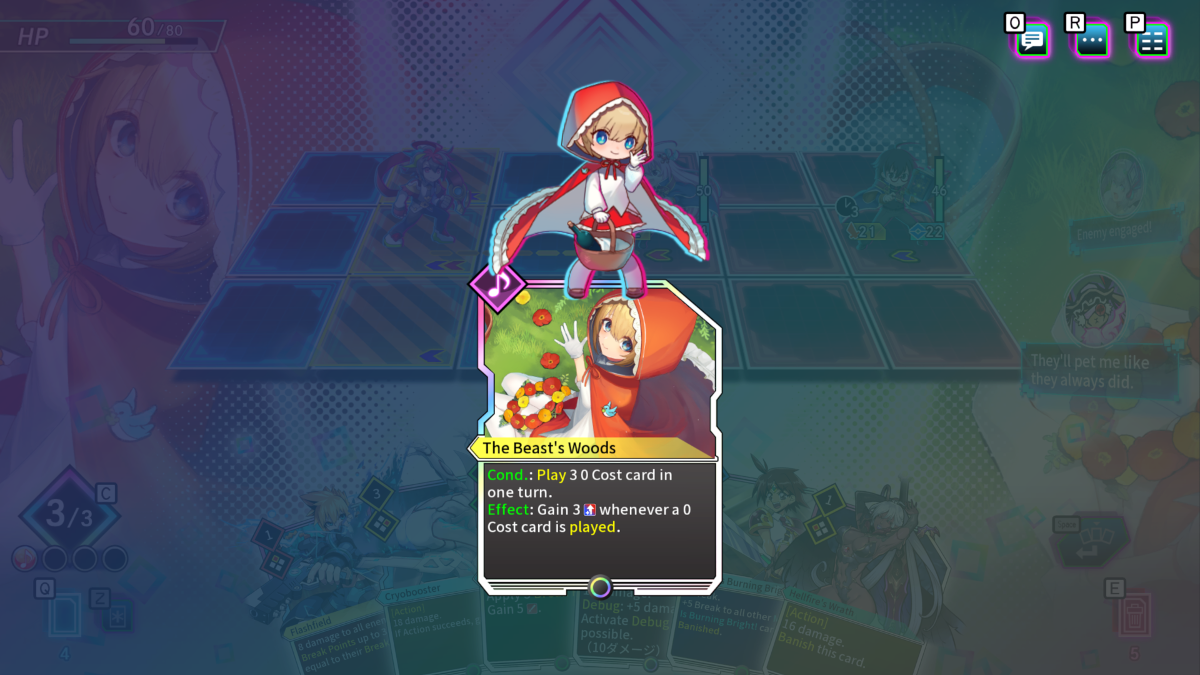
The problem, as mentioned before, is that each dungeon feels like the exact same thing. Apart from a specific final boss, who represents the protagonist of the fictional game world, almost everything is identical. Neon crosses the same generic square rooms & bridges and fights the same monsters over and over. It just gets boring after a while. Inti Creates really should have designed each dungeon with a layout and aesthetic unique to the IP on display.
Then there's the issue with Grand Battle dungeons. These are climactic dungeons at the end of each chapter where you face off against the mystery villain. Regrettably, the rules here are different. No cards and muses can be obtained in these areas; rather you bring with you every card and muse you've accumulated to that point. The problem here is threefold: one, it removes the rogue-like flavor of standard dungeons, where you need to build a powerful deck from square one; two, it creates a lot of bloat in your deck; and three, it opens up the opportunity for irksome chain reactions, where a single card might trigger a half dozen muse performances one after the other.
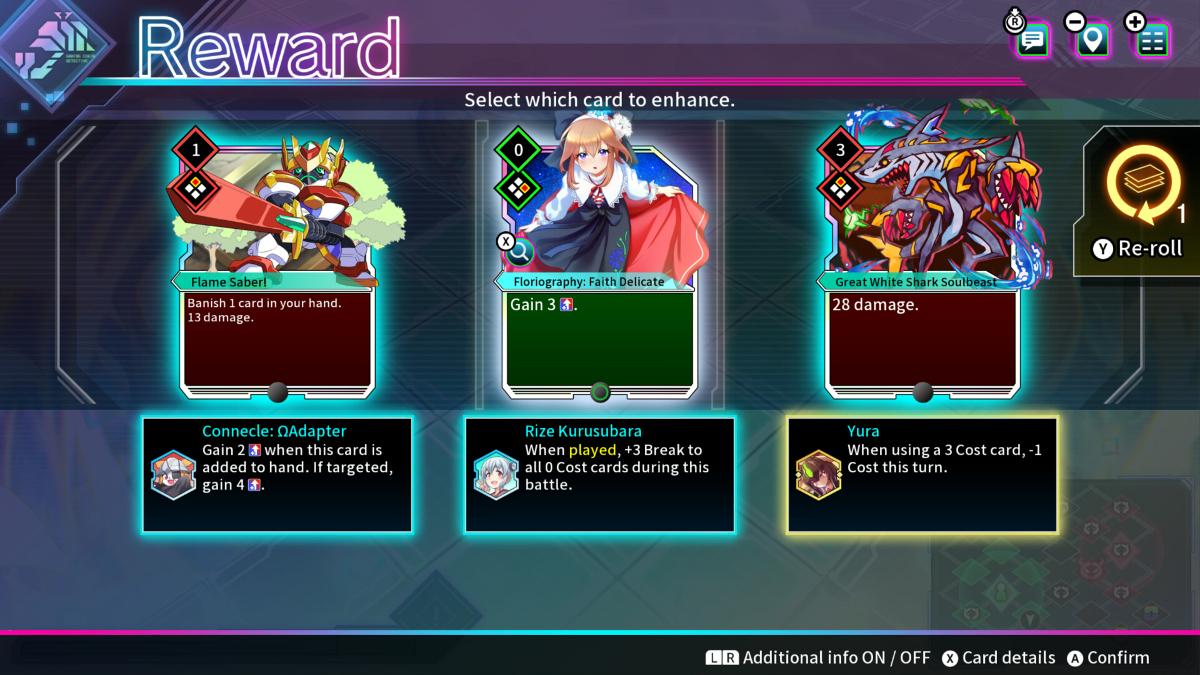
Card-en-Ciel partially makes up for some samey, tiresome dungeons with a huge amount of replay value. Indeed, the game is incredibly generous when it comes to content and replayability. Not only are there 300+ cards to collect, but there are 12 total main dungeons, each of which can be experienced at 11(!) different difficulty levels. And once you beat the game, you'll begin to unlock four secret dungeons. Moreover, there are daily & weekly dungeons, plus online network battles where you can fight opponents from around the world using a randomly generated starting deck. If you're someone who loves the core gameplay, you could spend dozens of hours with Card-en-Ciel. If you're more of a one-and-done sort of player, expect roughly 15 hours. Note: Inti Creates announced last week that the game will receive new content, including post-game dungeons, each month for at least five months starting this November.
For a new IP, Card-en-Ciel shows potential. The premise is intriguing, the core rules and mechanics provide a strong foundation for tactical decision-making, and the replay value is absurdly high. Regrettably, the campaign that houses everything is a slight letdown, due to clichéd storytelling, forgettable characters, and generic, tedious dungeons. By retaining the core card-collecting system and enhancing the narrative and structural pieces, Inti Creates could have something special on its hands.
VGChartz Verdict
6
Decent
This review is based on a digital copy of Card-en-Ciel for the NS, provided by the publisher.








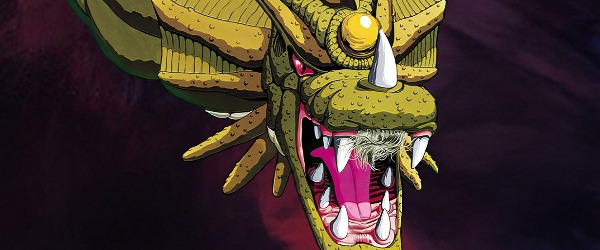
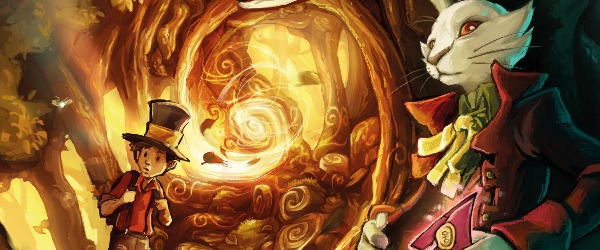
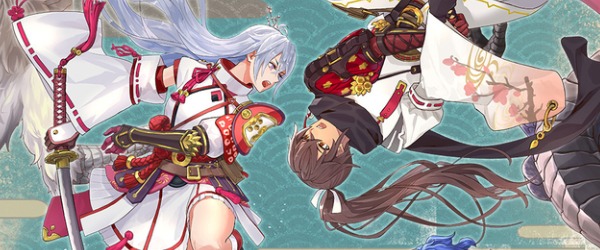
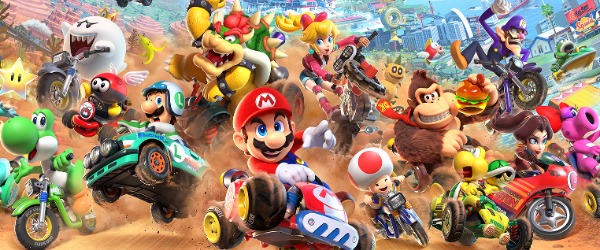
















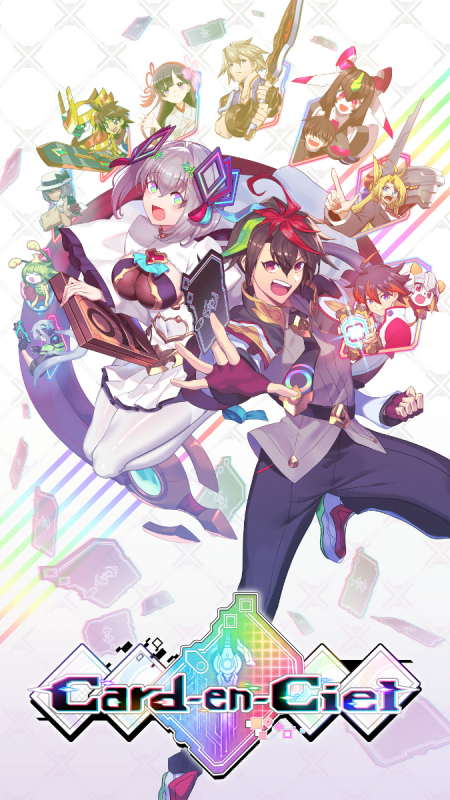

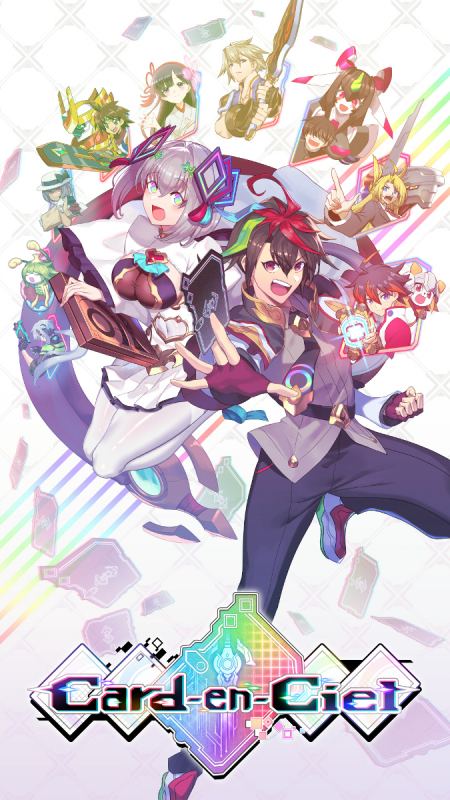

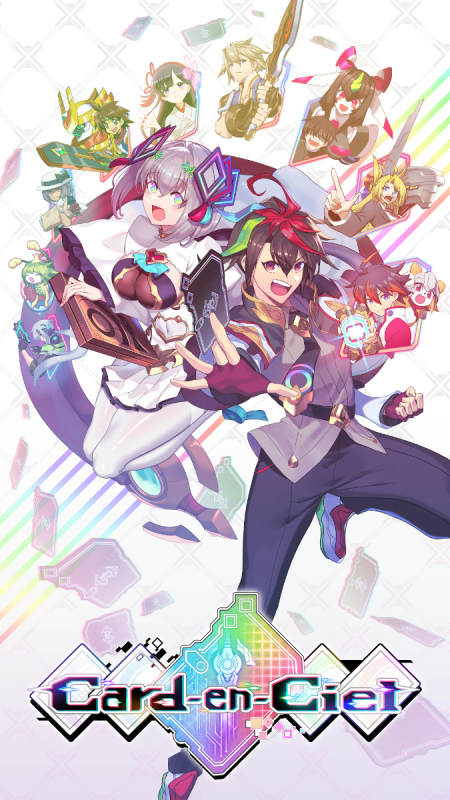

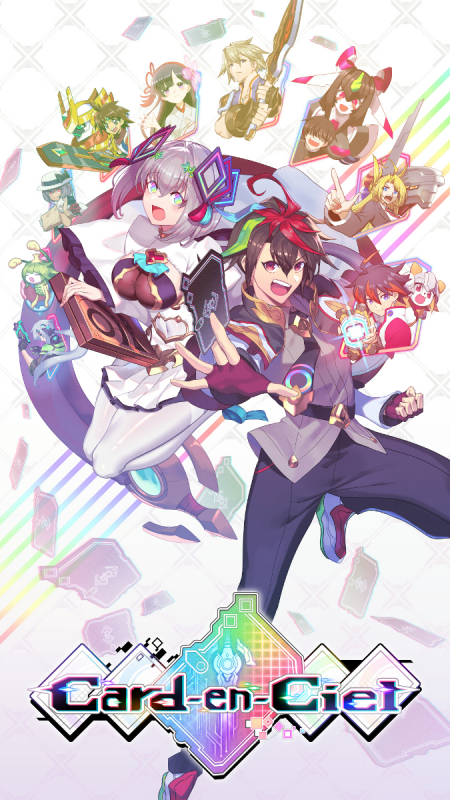

 Essay Pro
Essay Pro